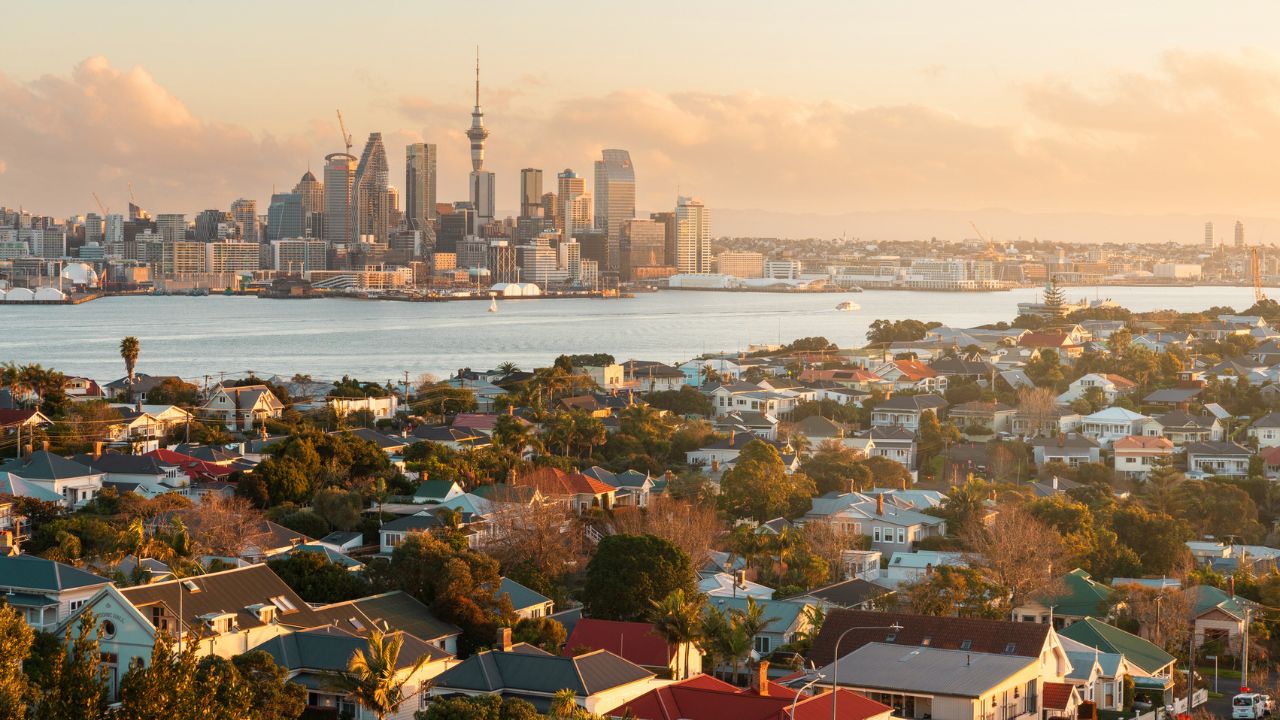National housing stock across New Zealand has fallen for the third consecutive month, dropping by almost 2,000 properties to 30,430 in July 2025.
This represents a 0.4 per cent decline compared to the same period last year.
Despite this reduction in available properties, buyer demand remains steady, creating what experts describe as a window of opportunity for prepared buyers before the traditional spring surge in listings.
Vanessa Williams, spokesperson for realestate.co.nz, said the current market conditions favour decisive action from buyers who are financially prepared.
“Although we’re seeing fewer homes coming onto the market, that doesn’t mean buyers have disappeared,” Ms Williams said.
“The real estate industry is telling us that vendors who are realistic with their price expectations are selling, and with less competition, it can actually be a smart time to list your property if you’re ready.”
The data reveals that 58.5 per cent of all properties listed on realestate.co.nz in July were priced below $850,000, falling under the national average asking price of $858,189.
This price point accessibility creates favourable conditions for first-time buyers and investors looking to enter the market.
“First home buyers have a prime opportunity to look at their options with a solid band of homes listed for under $850,000,” Ms Williams said.
“For buyers who have their finances in order and a clear idea of what they’re after, now is a great time to secure a foothold before competition heats up again.”
While the national average asking price showed modest growth of 0.6 per cent year-on-year, regional variations tell a more complex story.
The West Coast experienced a remarkable 25.3 per cent increase in asking prices year-on-year, reaching $500,000 for the first time since January 2025.
Other regions showing positive growth include Nelson & Bays, where prices rose to $874,818 (up 2.6 per cent year-on-year), and Northland, which saw asking prices increase to $843,362 (up 9.8 per cent year-on-year).
However, four regions recorded declines both month-on-month and year-on-year: Central Otago/Lakes District, Marlborough, Wairarapa, and Wellington.
The Central Otago/Lakes District remains the most expensive region with an average asking price of $1,437,577, despite an 8.5 per cent decrease from the previous year.
“Nationally, prices are holding steady, but when you zoom in, the picture becomes more dynamic,” Ms Williams said.
“We’re seeing some standout regional growth, which is a clear reminder that every region has its own rhythm, and local conditions matter more than ever.”
Some areas are bucking the trend of declining stock levels. Gisborne saw a 35.5 per cent increase in available properties (123 listings), while the West Coast recorded a 20.6 per cent rise (316 listings) compared to July 2024.
New listings nationally totalled 7,737 in July, down 4.2 per cent year-on-year.
However, Northland, Gisborne, and Taranaki all showed significant increases in new listings compared to the same period last year, with jumps of 26.3 per cent, 54.5 per cent, and 34.3 per cent respectively.
The market appears to be rewarding realistic pricing strategies, with Ms Williams saying that alignment between vendor expectations and buyer capabilities is crucial for successful sales.
“As spring approaches, our attention will turn to whether sellers come to the market in greater numbers and how buyers respond,” she said.
“For now, buyers remain active, and the market continues to reward those ready to move, but it will be interesting to see what happens in September as we move into the expected spring surge.”

